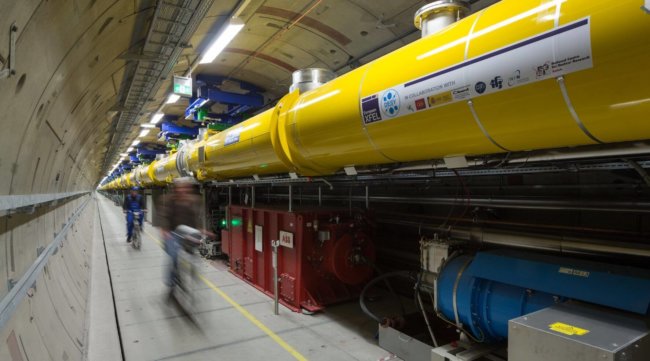
The European x-ray free electron laser (European X-Ray Free Electron Laser, XFEL) is an international project designed to monitor the course of chemical reactions, which involved 12 countries. The main contribution to the project made by Germany and Russia. The development of the laser began in 2002, and the commissioning took place in 2016. In September 2017 will be held his first full-scale test, which will be discussed below.
XFEL is a giant design with a length of over 1.7 kilometers. A superconducting linear accelerator accelerated to relativistic speeds the electrons with energy of 17.5 GeV enter the magnetic field of ondulation, where they begin to radiate in x-rays. To achieve the effect of superconductivity accelerator is cooled with liquid helium to minus 271 degrees Celsius. Construction generates up to 30 000 x-ray pulses per second, making it roughly 200 times more powerful than the American analogue of the Linac Coherent Light Source (LCLS). Thus XFEL able to do approximately 3,000 individual images per second, capturing a chemical reaction at the atomic level.
Despite the impressive performance, during the first tests, which took place in may, the laser was run at the speed of only 1 pulse per second. But this month XFEL is working almost at full capacity, producing 27 000 pulses per second. American scientists also do not sit on the spot and promise to disperse LCLS up to a million pulses per second by 2020.
Europe is preparing to test a powerful x-ray laser
Sergey Grey